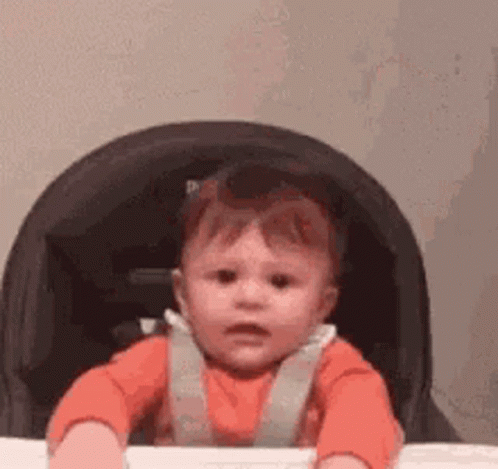This post talks about the 2nd posture in Surya Namaskar (Sun Salutation) – Ardha Chakrasana (Half Wheel Pose)

Having attended yoga classes over the years, I have quietly observed how others raise their arms up to get from Samasthiti (with Prayer Pose) to Ardha Chakrasana (Half Wheel Pose). It may seem inconsequential since we all end up in the same pose. But it felt rather important when I attended my first classes and was trying very hard to follow what others were doing or what was “right”. However, I soon realised that even teachers do it differently. So I stopped giving it much thought and did it however I like.
Well that changed after I came into YTT (yoga teacher training).
Now, I make it a point to raise my arms sideway.
Perhaps before I share more, it might be useful for you to first try the 2 different ways and notice if there is any difference. Let’s try!
Option 1: Standing in Samasthiti (with Prayer Pose), inhale, raise both arms forward and up to the ceiling, arch your back into Ardha Chakrasana. Notice the extent of rotation of your arms to the back. Exhale, forward fold. Inhale, raise your arms up to the ceiling, exhale, come back to Samasthiti (with Prayer Pose).
Option 2: Standing in Samasthiti (with Prayer Pose), inhale, raise both arms sideway and up to the ceiling, arch your back into Ardha Chakrasana, allowing your arms to now rotate backwards as you arch. Now, notice the extent of rotation of your arms to the back. Exhale, forward fold. Inhale, raise your arms up to the ceiling, exhale, come back to Samasthiti (with Prayer Pose).
You might have noticed that in Option 1, your arms get locked at a certain point and could not be rotated any further backwards. However, for Option 2, your arms are able to be rotated further backwards!

The anatomy of raising your arms
Different muscles are responsible for the different motions in our body. Let’s take a closer/ slightly technical look!

Option 1: Raising the arms forward is referred to as a flexion of the shoulder joints. The muscles involved are the pectorals major, anterior deltoid and coracobrachialis. Without getting too technical, this way of raising the arms will cause the rotator cuff muscles to be squeezed and hence “locked”.
Option 2: Raising the arms sideways is referred to as abduction of the shoulder joints. The muscles involved are mainly the supraspinatus and teres major. The supraspinatus (one of the rotator cuff muscles) contracts, and hence providing a bit more space for the arms to be rotated a little bit more to the back.
Raise your hands if you find that useful!

This is just one of the simple techniques I learned during YTT that changed what I know about the poses. Maybe more next time!
p.s. Did you know that Adho Mukha Svanasana (Downward Facing Dog) is all about the hip flexors and not the arms?

